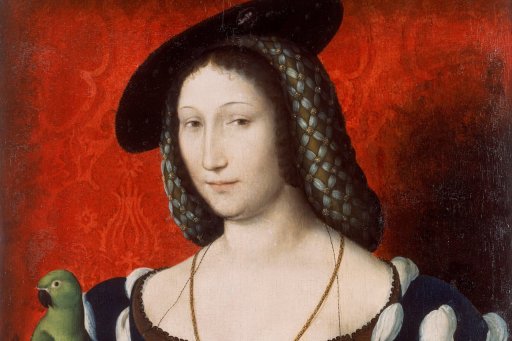august 17, 2020
People like to refer the origins of present situations to the most distant past. France's relations with Lebanon, or at least with the Maronites, date back to the Crusades. A letter from Saint Louis to the Maronites is cited, the disadvantage of which is that it was written in the 1840s.
More serious is the French claim, from the 17thcentury onwards, to exercise protection over Eastern Catholics, including the Maronites, but this is largely fictitious, and diplomatic instructions regularly remind agents not to interfere in quarrels between Christian churches.
Thanks to the work of European missionaries, these Ottoman Catholics were familiar with the Catholic reform after the Council of Trent, and the central issue became the Latinization of rites. Students from the Roman colleges were pioneers in spreading knowledge of Arabic culture in Catholic Europe. Four Maronites were professors of Arabic and Syriac at the Collège de France in the 17thcentury .
But it was the Druze who first established the idea of a privileged relationship with France, posing as the descendants of a group of crusaders led by the Count of Dreux.
The big meeting came in the 19thcentury , especially in the 1840s, when the Protestant Guizot made France the protector of Catholic Christians against the British-protected Druze. In the assemblies of the July monarchy, the Catholic right stood up for those who were beginning to be called the "French of the East".
In 1860, after bloody clashes between Christians and Muslims, Napoleon III sent an army to Lebanon, in the name of Europe and what could be defined as a duty to interfere.
Under the nascent ThirdRepublic , French became the language of modernization for the Christian and Muslim communities, creating Lebanese bilingualism through the establishment of a dense network of Catholic and eventually Protestant missionary schools (plus the Jewish schools of the Alliance Israélite Universelle). The result was the development of a Levantine civilization of exchange stretching from Alexandria to Salonika, of which Lebanon is the jewel in the crown.
With pride, French journalists spoke of a "France of the Levant".
It was to maintain this position that France fought to obtain the League of Nations mandate over Syria and Lebanon in the aftermath of the First World War. The State of Greater Lebanon was created on September1 , 1920. It became the Republic of Lebanon in 1926.
While relying on Christians, the French worked to integrate Muslims into the new state, with the result that political functions and administrative posts were permanently distributed along denominational lines.
After independence in 1945, the French cultural presence continued to grow, with French-speaking schools and universities, some of which were authorized to award French diplomas. Politically, Paris worked to protect the country in the turmoil of the Middle East, hence General de Gaulle's vigorous reaction to the Israeli attack on Beirut airport in December 1968.
During the years of civil war (1975-1990), France multiplied its mediation efforts between the warring parties, intervening militarily in certain episodes and welcoming many Lebanese of all faiths. Today, there are many dual nationals or descendants of Lebanese in French society.
Politically, Jacques Chirac succeeded in building a strong relationship with Sunni Muslims, which has been maintained by his successors. Likewise, Lebanese Shiites have become carriers of the French-speaking world, particularly in the West African diaspora, but also in North America, where French culture has become a link for Arabs from both the Maghreb and the Levant.
This long history means that the Lebanese have a part of the French identity within them, and that the French cannot be foreign to them.
Henry Laurens








